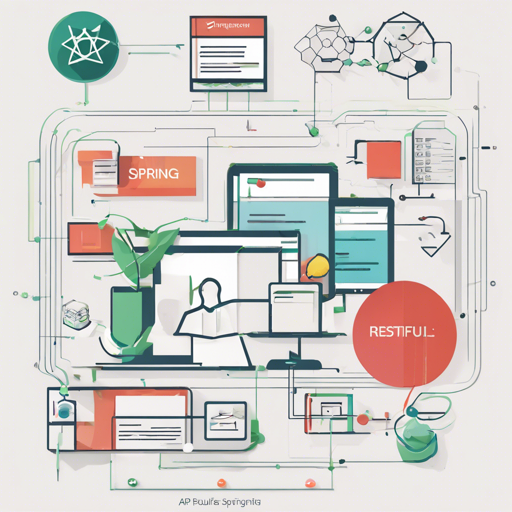Welcome to the world of Software Development! In this guide, we’ll take you through the key elements of creating a RESTful application using Angular for the frontend and SpringBoot for the backend. If you’re someone who loves staying in control of their code and is looking to dive into an implementation that covers both security and efficient data handling — keep reading!
Project Overview
This application is designed to demonstrate a service-oriented architecture utilizing RESTful services. We’ll leverage a robust technology stack composed of:
- Angular 5 for the frontend
- SpringBoot for the backend
- Token-based security using Spring Security and JWT
- Documentation using Swagger and ReDoc
- In-memory database using H2
Getting Started
Before we dive into building, make sure you have the following prerequisites installed:
- Java 8
- Maven 3.3.9+ or Gradle 3.3+
- Node 6.0 or above
- npm 5 or above
- Angular CLI 1.6.3
Folder Structure
Here’s how the project folder is structured:
PROJECT_FOLDER
├── README.md
├── pom.xml
├── build.gradle
├── src
│ ├── main
│ │ ├── java
│ │ ├── resources
│ │ │ ├── application.properties // Spring Boot Configurations
│ │ │ ├── schema.sql // Database Schema Script
│ │ │ ├── data.sql // Sample Data Script
│ ├── public // HTML, CSS, etc.
└── target // Build files
Think of this folder structure like a well-organized library where each section is dedicated to a specific purpose — configuration scripts in one section, business logic in another, and resources easily accessible for the user.
Building Your Application
Now, let’s get our hands dirty!
Build the Backend
To get started with the backend using Maven, navigate to the project folder and run:
mvn clean installIf you’re using Gradle, run:
gradle buildStart the API and WebUI Server
Run the server using the following command:
java -jar target/app-1.0.0.jarAccessing Your Application
Once your server is up and running, you can access the application using the following URLs:
- Frontend: http://localhost:9119 (credentials: demo/demo)
- H2 Database Console: http://localhost:9119/h2-console
- Swagger API Documentation: http://localhost:9119/swagger-ui.html
Token-Based Security
The application uses token-based security to protect the REST API endpoints. To obtain a token, you’ll need to log in with valid credentials:
curl -X POST --header "Content-Type: application/json" \
-d '{"username":"demo", "password":"demo"}' \
http://localhost:9119/session
After receiving your token, include it in the header for all subsequent API requests:
curl -X GET --header "Authorization: xxx.xxx.xxx" http://localhost:9119/version
Troubleshooting
If you encounter issues, consider the following troubleshooting tips:
- Double-check that your server is running without errors.
- Ensure that your database credentials in
data.sqlare correct. - Verify your URL endpoints for typos.
- If the Swagger UI doesn’t load, check if
springfoxis properly integrated.
For more insights, updates, or to collaborate on AI development projects, stay connected with fxis.ai.
Conclusion
At fxis.ai, we believe that such advancements are crucial for the future of AI, as they enable more comprehensive and effective solutions. Our team is continually exploring new methodologies to push the envelope in artificial intelligence, ensuring that our clients benefit from the latest technological innovations.

